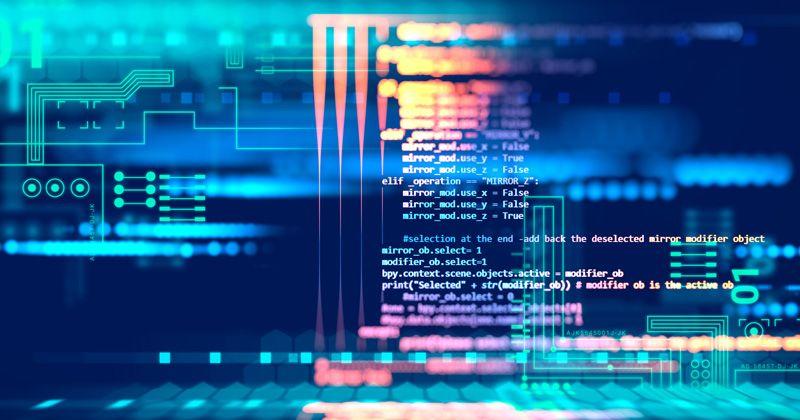
1 minute read
Computer Science
ACADEMIC YEAR 2021/2022 YEAR 13

COMPUTER SCIENCE
At the heart of Computer Science lies the notion of computational thinking: a mode of thought that goes well beyond software and hardware, and that provides a f ramework within which to reason about systems and problems.
This mode of thinking is supported and complemented by a substantial body of theoretical and practical knowledge and by a set of powerful techniques for analysing, modelling and solving problems.
COURSE CONTENT
● Data Representation ● File organisation and access ● Floating-point numbers, representation and manipulation ● Communication and internet technologies ● Circuit switching, packet switching ● Processors, Parallel Processing and Virtual Machines ● Boolean Algebra and Logic Circuits ● Purposes of an Operating System (OS) ● Translation Software ● Encryption, Encryption Protocols and Digital certificates ● Artificial Intelligence (AI) ● Computational thinking and problem-solving ● Algorithms ● Recursion ● Programming Paradigms ● File Processing and Exception Handling

SPECIFICATION LINK
CIE-ASSESSMENTS
Computational thinking is further developed at A Level to extend methods for searching, sorting, structuring and storage of data. This is supported by developing an in-depth understanding of how computer architecture, hardware, systems software, security measures and communication systems can have different structures and protocols. This includes understanding of Artificial Intelligence (AI).
Programming paradigms are considered together with an extension of programming skills to include recursion and exception handling.


